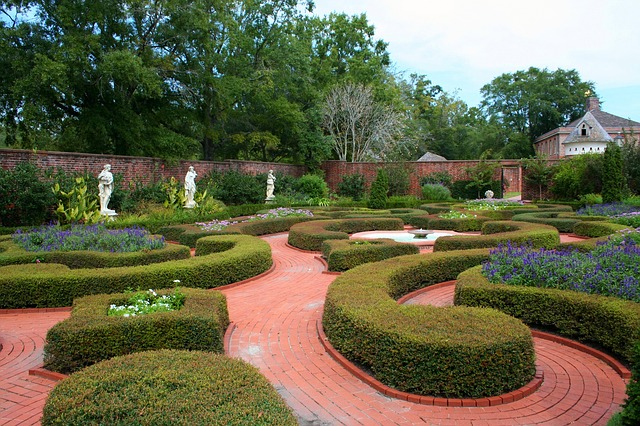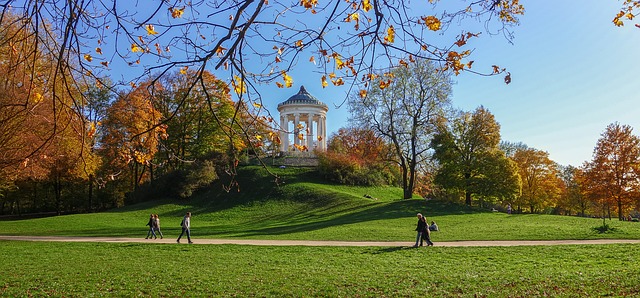The origins of gardens were purely practical. In ancient Greece and Rome, where archaeologists trace the origins of gardens, people grew mainly fruit trees and vegetables. They also cultivated herbs for food and medicinal purposes.
Ornamental gardens
The first ornamental gardens arose in ancient times as part of the decoration of palaces and their surroundings. They were intended to represent the ruler\’s residence as a place of near-paradise. In many cases they were monumental works, as for example in the Palace of Knossos, the center of the Minoan civilization, which is depicted in drawings found during archaeological excavations.
Botanical Gardens
Five famous botanical gardens were built in Europe in the 16th century. The first botanical gardens were created in Pisa and Padua, Italy, in 1543 and 1545. The Dutch tulip, which is widely cultivated today, originated in the botanical garden established by Carl Kluys in Leiden, the Netherlands, in the late 16th century.
English gardens
English gardens are considered a unique gem and an irreplaceable source of garden design that has spread throughout the world One of the most famous English gardeners of the 17th century was the gardener at Deptford, near London John Evelyn designed the magnificent gardens of Says Court in Deptford, near London. The Royal Botanic Gardens at Kew, near London, were made famous by Sir Joseph Banks, who collected plants from all over the world in the early 18th century.
Today, Kew Gardens is home to 33,400 plant species and its herbarium contains over 7 million specimens. Plants such as the pineapple, banana tree, coffee tree, tea tree, and rubber tree have spread throughout the world thanks to Kew Gardens.
Lancelot Brown, England\’s preeminent natural park designer, also made his mark on the history of English gardens.